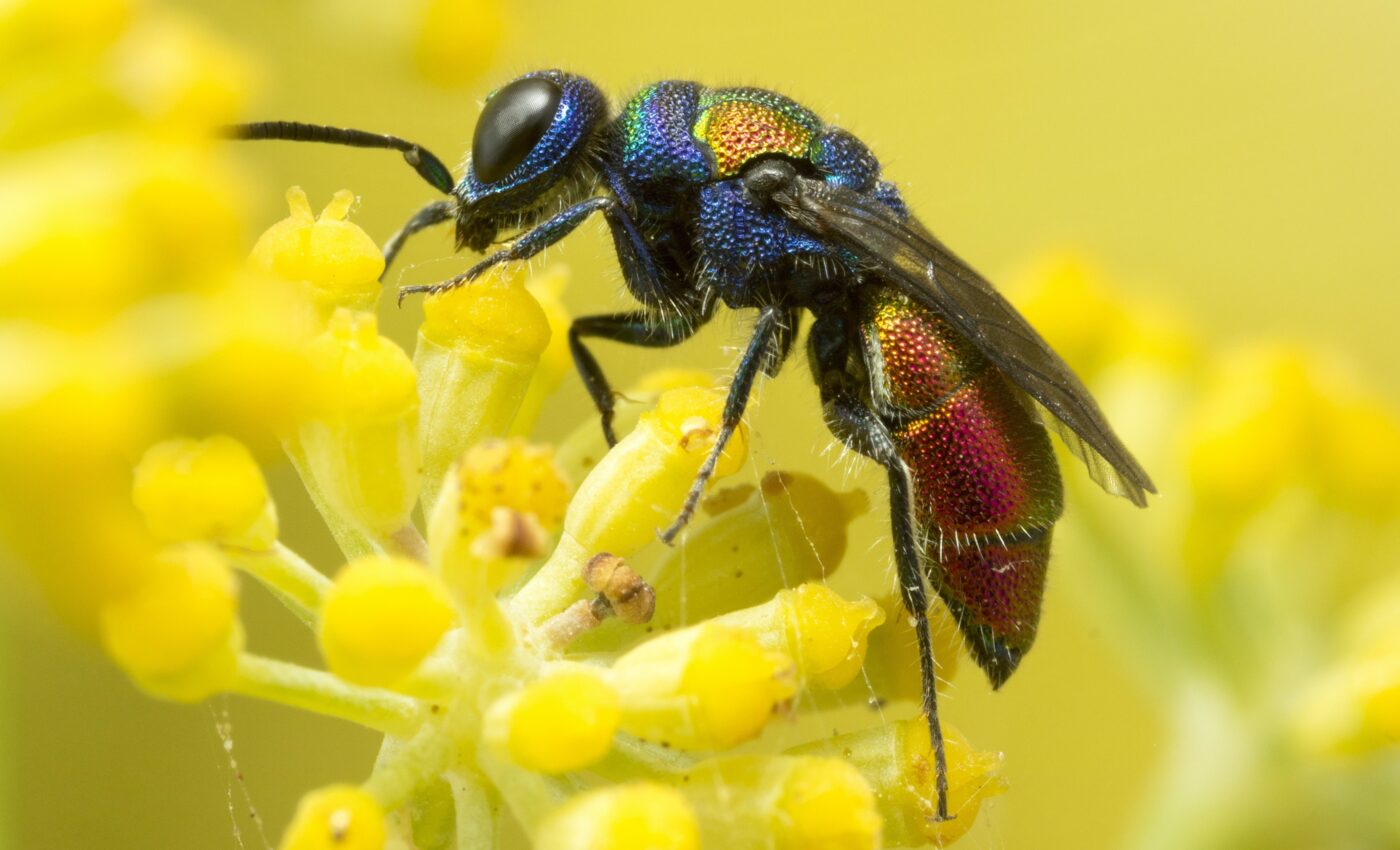
Scientists reveal hidden diversity among parasitoid wasps
Biologists have long argued that the vast majority of our planet’s animal and plant species remain undiscovered. While many of these species inhabit environments that are extremely hard to reach, some of them may in fact be hiding in plain sight.
For instance, a tiny parasitoid wasp known since 1843 (Ormyrus labotus) has long been considered a generalist, laying its eggs in over 65 different species of insects. However, a new genomic study led by the University of Iowa has discovered that the wasps currently called Ormyrus labotus actually belong to at least 16 different species that are identical in appearance but genetically distinct. While discovering “cryptic species” within one known insect species is not unusual, the number of those found among these wasps is impressive.
“We know so much from ecology about how important even the smallest species can be to an ecosystem, such that uncovering this hidden diversity – and, maybe more importantly, understanding the biology of each species – becomes a critical component of conservation and maintenance of ecosystem health,” said study senior author Andrew Forbes, an associate professor of Biology at the University of Iowa.
Between 2015 and 2019, Professor Forbes and two of his graduate students, Sofia Sheik and Anna Ward, were involved in a research project investigating insects that laid their eggs on plants where their larvae hatched, inducing the plants to form protective structures called “galls” around the larvae.
Since wasps in the genus Ormyrus are known to parasitize such insects, it has not been surprising to find many such wasps emerging from the oak galls that the team collected. However, it was strange to see the same type of wasp emerging from a huge variety of gall types.
“It seemed highly unusual for one parasitoid species to be able to exploit such a wide and dynamic set of hosts,” says study lead author Sofia Sheikh, a former MSc student in Forbes’ lab and currently a doctoral student at the University of Chicago.
By examining DNA samples from each of the wasps that emerged from the galls, the researchers were surprised to find that the wasps which originally appeared to belong to a single species were in fact part of 16, and possibly even 18, distinct species.
These findings highlight the importance of biodiversity research and its implications. For example, if these wasps would even be enlisted for control of an invasive oak-galling pest, it would be highly important to know which particular wasp species targeted that specific pest species. Moreover, failing to distinguish between specialist and generalist insects hinders scientists’ ability to understand actual generalists and what enables them to target a variety of hosts.
“More so than any specific number of potential new species, I am excited about how this study and many others are revealing a plethora of cryptic diversity. This, to me, suggests that we still have a lot to learn about the processes that structure species interactions with each other and their environments,” concluded Sheikh.
The study is published in the journal Insect Systematics and Diversity.
—
By Andrei Ionescu, Earth.com Staff Writer













